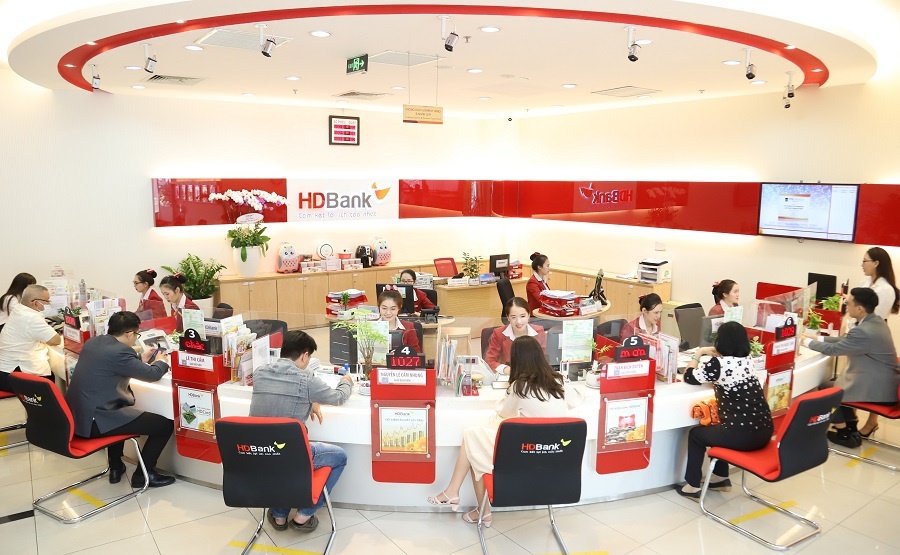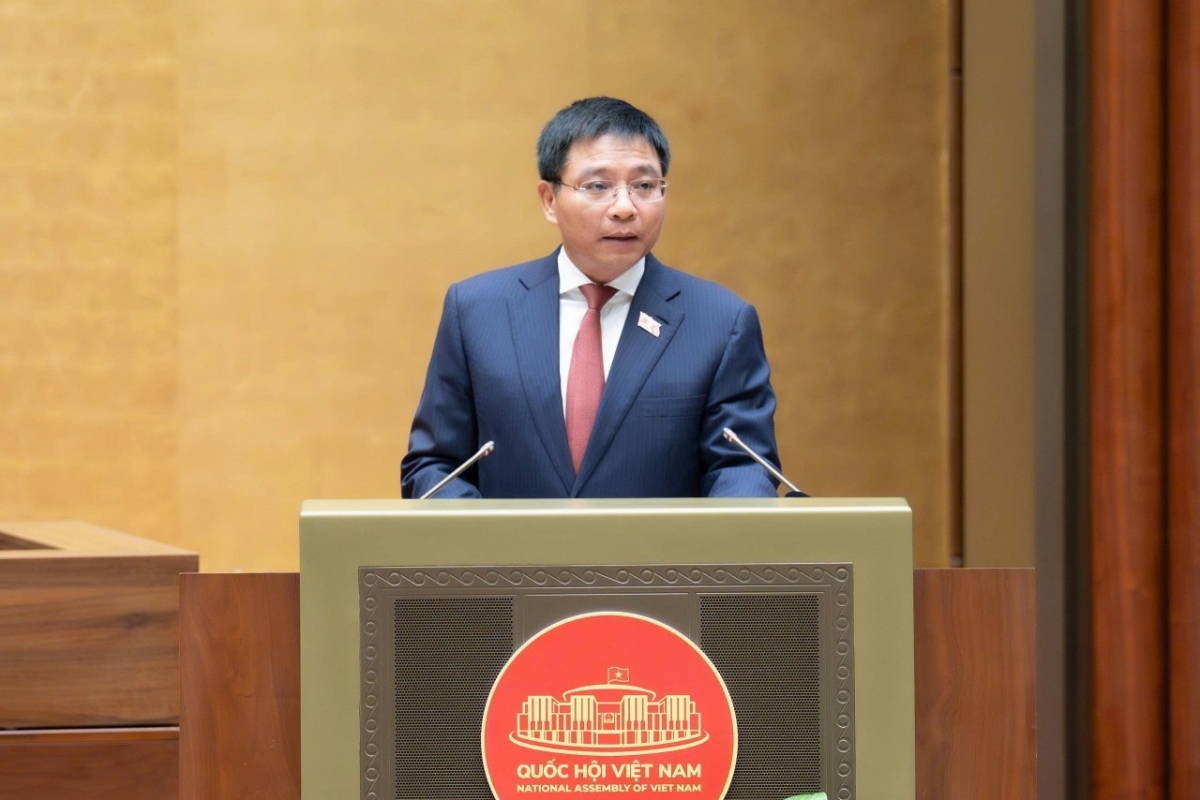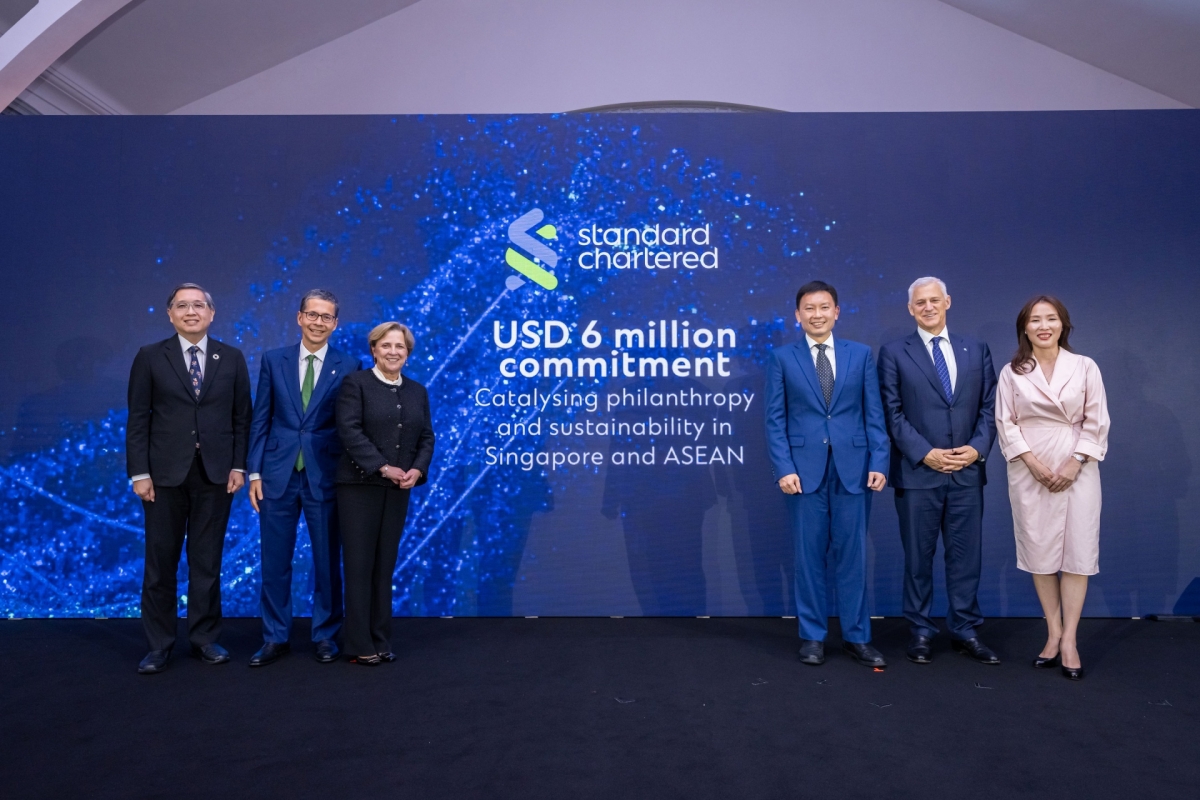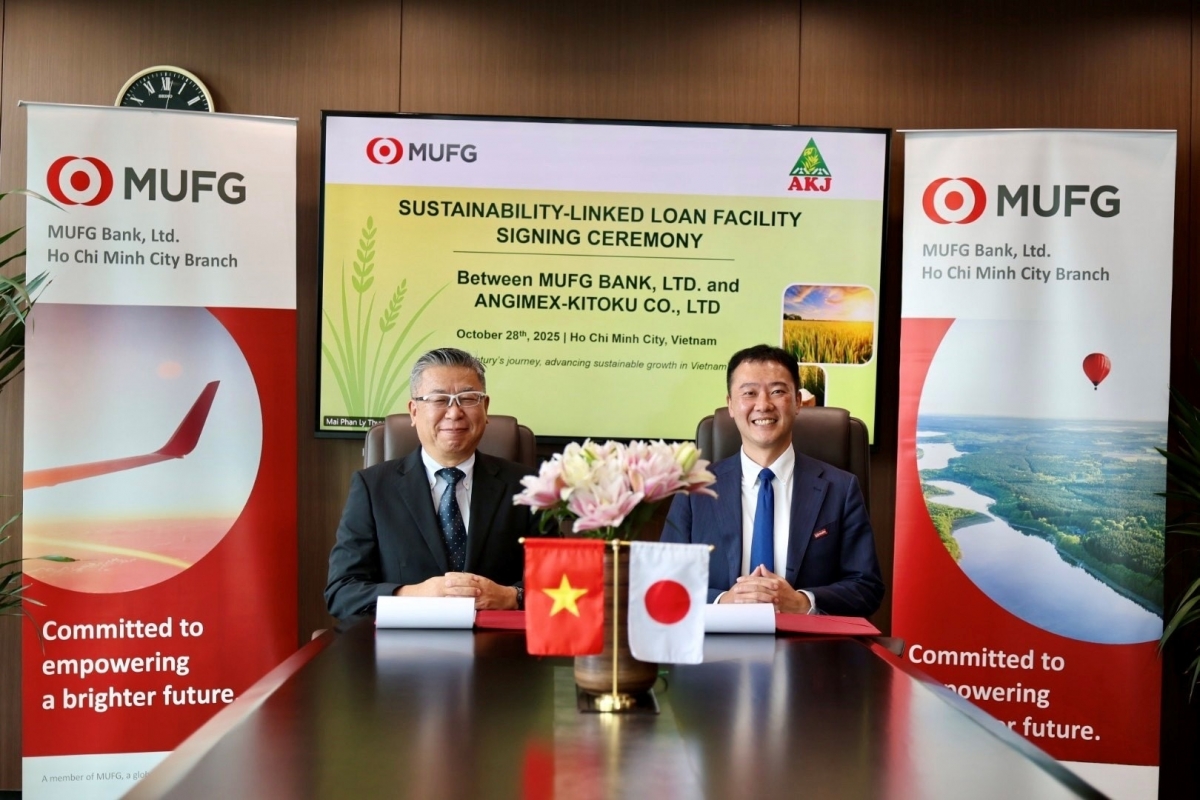INTERNATIONAL INVESTMENT
AND PORTAL
HDBank's profit before tax for the first half of the year exceeded $240 million, fulfilling 54 per cent of its annual budget. Its separate non-performing loan (NPL) ratio was only 0.93 per cent.

Ho Chi Minh City Development JSC Bank (HDBank) has announced its business results for the first half of 2022 with profit before tax reaching over $240 million, up 26.5 per cent on-year and meeting 54 per cent of its annual budget. The parent bank’s fee income rose by 113 per cent on-year and its separate NPL ratio was only 0.93 per cent.
Building on the encouraging results of the first quarter, all key performance indicators in Q2, including quantitative and qualitative indicators, rose significantly. Consolidated total operating income reached $243 million, up 31.2 per cent on-year. Profit before tax reached just over $120 million, up 32.6 per cent on-year.
Cumulatively, for the first six months of 2022, total operating income reached $465 million, up 27.1 per cent on-year, in which net interest income rose by 25.8 per cent and non-interest income climbed by 32.6 per cent. Impressively, the bancassurance and other cashless payment services achieved robust growth with net fee income doubling that of the same period last year.
HDBank has managed its expenses well and implemented technologies to improve productivity and enhance risk management, resulting in a modest increase of just 19.4 per cent on-year in operating expenses. Its cost-income ratio improved to 37 per cent from 39.4 per cent a year earlier. Profitability ratios including ROAE and ROAA were 25.6 per cent and 2.24 per cent respectively, which are higher than those of last year.
Prudential ratios are at healthy levels with CAR (under Basel II) reaching 14.9 per cent – the market-leading level. The parent bank’s NPL ratio was 0.93 per cent and the loan loss reserve ratio reached a comfortable level of 109 per cent.
HDBank is implementing a plan to raise charter capital as approved at its AGM by issuing about 503 million shares to distribute 2021 dividends by stocks at a payout ratio of 25 per cent. Upon completion, charter capital will increase to $1.1 billion from $881 million.
The re-investment of retained earnings into the Bank’s business activities will further strengthen the Bank’s financial capability, making it ready for strong business growth and profit generation according to the strategy approved by shareholders.
As of June 30, total mobilised funds exceeded $14.7 billion. Total consolidated lending reached over $10.6 billion, up 14.8 per cent from that of December. Customers including those in rural areas, exporters, supply chain clients, household businesses, micro-businesses, and those eligible for green finance programs all enjoyed HDBank’s favourable lending programmes
In addition to strong business performance, HDBank is also paying great attention to its corporate social responsibility. The Bank collaborated with Tuoi Tre (Youth) Newspaper to launch a cashless payment fair for workers in industrial zones to provide them with the chance to experience cashless payment solutions and online account opening.
HDBank also contributed to the financing for gratitude house construction to honour and show appreciation for families who made great contributions to the revolution, supported localities that are vulnerable to floods and storms in central provinces of Vietnam, and awarded scholarships to underprivileged students who have shown strong performance at university.
The positive operating results achieved in the first six months of the year have showcased HDBank’s capability to effectively implement its business plans and its digital transformation to further improve productivity and customer experience and to create synergy among all members within its large and high-potential ecosystem.
This is also a sign that the strategy to achieve strong growth in both scale and quality in a new development period is gradually being realised and has resulted in good value for shareholders and investors.
By Mai Dang



















